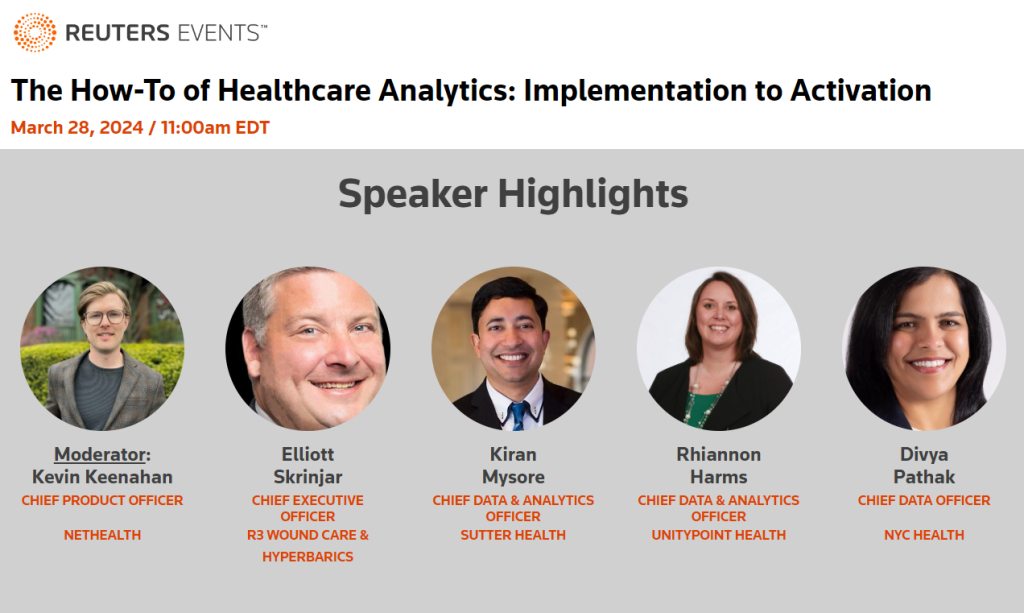By KIM BELLARD
It’s been almost four years since I first wrote about microplastics; long story short, they’re everywhere. In the ground, in the oceans (even at the very bottom), in the atmosphere. More to the point, they’re in the air you breathe and in the food you eat. They’re in you, and no one thinks that is a good thing. But we’re only starting to understand the harm they cause.
The Washington Post recently reported:
Scientists have found microplastics — or their tinier cousins, nanoplastics — embedded in the human placenta, in blood, in the heart and in the liver and bowels. In one recent study, microplastics were found in every single one of 62 placentas studied; in another, they were found in every artery studied.
One 2019 study estimated “annual microplastics consumption ranges from 39,000 to 52,000 particles depending on age and sex. These estimates increase to 74,000 and 121,000 when inhalation is considered.” A more recent study estimated that a single liter of bottled water may include 370,000 nanoplastic particles. “It’s sobering at the very least, if not very concerning,” Pankaj Pasricha, MD, MBBS, chair of the department of medicine at the Mayo Clinic, who was not involved with the new research, told Health.
But we still don’t have a good sense of exactly what harm they cause. “I hate to say it, but we’re still at the beginning,” Phoebe Stapleton,a professor of pharmacology and toxicology at Rutgers University, told WaPo.
A new study sheds some light – and it is not good. It found that people with microplastics in their heart were at higher risk of heart attack, stroke, and death. The researchers looked at the carotid plaque from patients who were having it removed and found 60% of them had microplastics and/or nanoplastics. They followed patients for three years to determine the impacts on patients’ health and found higher morbidity/mortality.
“We are reasonably sure that the problem comes from a frailty of the plaque itself,” says Giuseppe Paolisso, a professor of internal medicine and geriatrics at the University of Campania Luigi Vanvitelli in Naples, Italy, and one of the study’s authors. “We suppose due to the fact that the plaques with microplastics and nanoplastics have a higher degree of inflammation, this kind of plaque can be broken more easily; and once they are broken, they can go into the blood streams.”
“This is pivotal,” Philip Landrigan, an epidemiologist and professor of biology at Boston College, who was not involved in the study, wrote in an accompanying opinion piece. “For so long, people have been saying these things are in our bodies, but we don’t know what they do.” He went on to add: “If they can get into the heart, why not into the brain, the nervous system? What about the impacts on dementia or other chronic neurological diseases?”
Scary stuff.
If that isn’t scary enough, an article last year in PNAS found: “Indeed, it turns out that a host of potentially infectious disease agents can live on microplastics, including parasites, bacteria, fungi, and viruses.” Even worse: “Beyond their potential for direct delivery of infectious agents, there’s also growing evidence that microplastics can alter the conditions for disease transmission. That could mean exacerbating existing threats by fostering resistant pathogens and modifying immune responses to leave hosts more susceptible.”
However much you’re worrying about microplastics, it’s not enough.
Continue reading…














